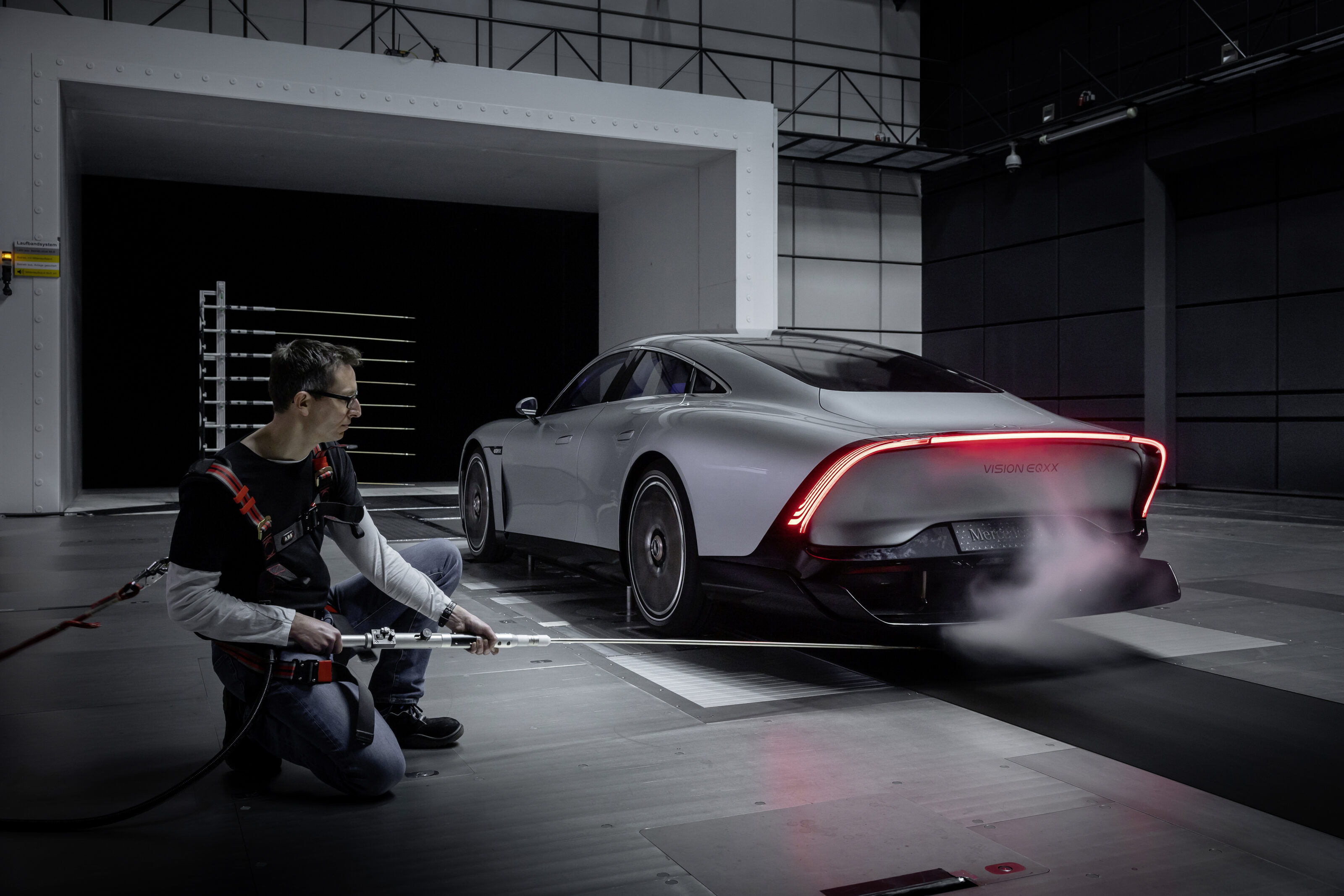While the inevitable tectonic movement of progression is pitting internal-combustion engines and battery-electric drivetrains against each other, the two battling forms of automotive propulsion share a number of surprisingly similar qualities.
Each needs careful management to get large amounts of power to the ground, and when engineers crack the code to unlocking greater efficiency, larger outputs are never far behind. That’s why it’s not hard to see the performance potential in the Mercedes-Benz EQXX concept, which is ostensibly a hypermiling EV that will be used by the German brand as a powertrain development tool for future electric models.
There’s no shortage of intriguing technological advancements with the EQXX, but what has us at MOTOR particularly interested is the battery system and its unique form of cooling.
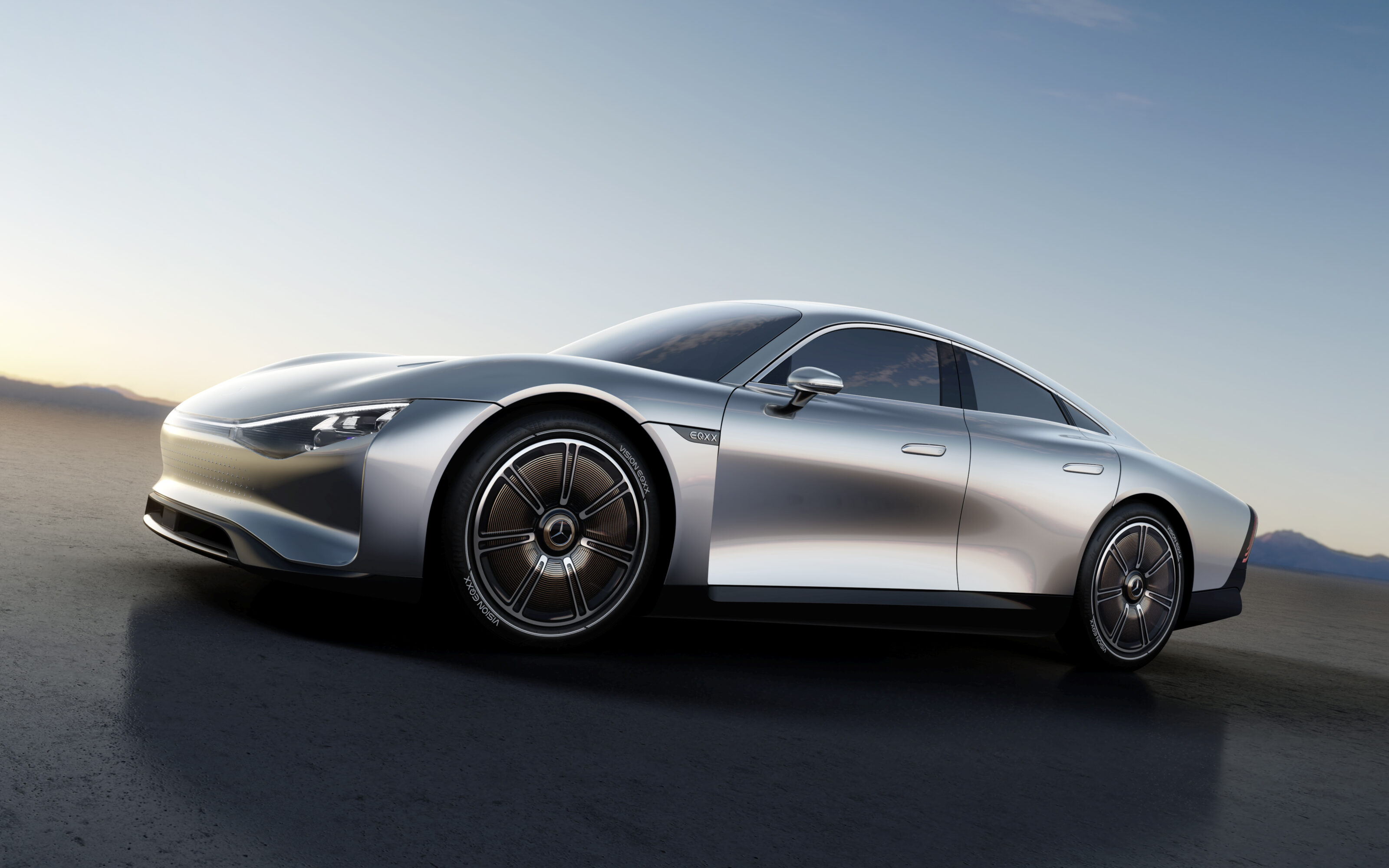
Range, not outright power, was the ultimate goal for the EQXX, which Mercedes claims it has achieved by being able to drive the car a huge 1000km on a single charge.
It’s not simply a vast battery either, with the unit slotted between the EQXX’s wheel arches having a 100kWh capacity – fairly regular for modern EVs.
Demonstrating the link between efficiency and power, Mercedes commissioned its High Power Powertrains (HPP) – yes, the F1 engine division – to lead the charge on the EQXX.
Batteries, like combustion engines, need to be cooled when operating. Traditionally this is done with liquid.

The prevailing method of battery cooling is a ‘jacket’ which encases the entire unit and pumps liquid around it to keep temperatures in check.
More advanced units like those developed by Mercedes High Performance Powertrains for F1 and future AMG products pump the cooling liquid around the individual cells within a battery, rather than surrounding the entire unit as a whole.
You won’t find either system on the EQXX, which instead uses good ol’ fashioned airflow to stay cool. Yup, the world has come full circle, and air-cooled batteries are about to come into vogue.
The core reason for using air instead of liquid to cool the battery is to minimise weight and, importantly, reduce the number of parasitic systems drawing power away from the business of propelling the vehicle.
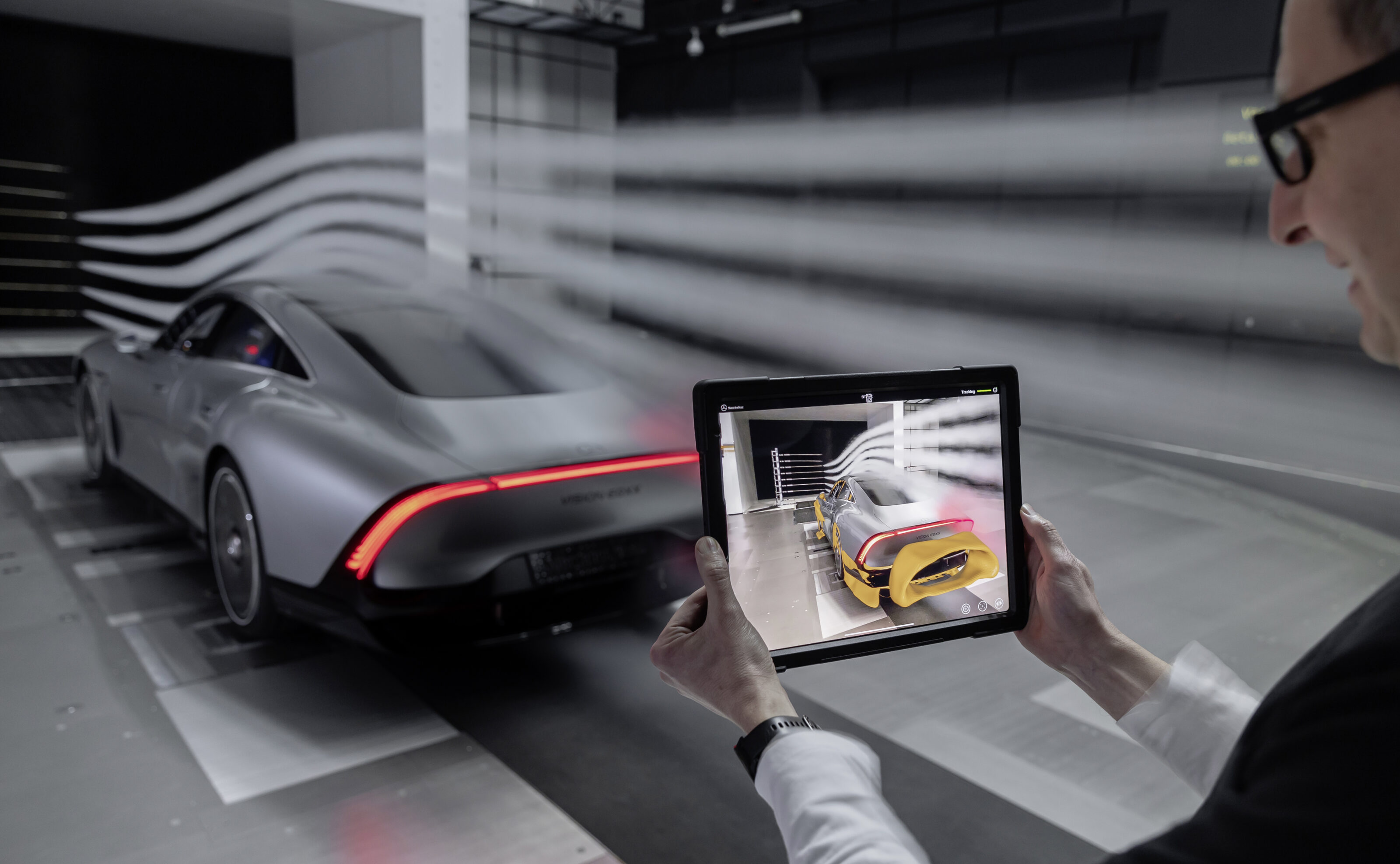
The way it works is via a shutter system in the underfloor of the vehicle, opening to allow airflow onto a cooling plate for both the battery and electric motor. The same system has a double function of creating an air curtain that reduces overall aerodynamic drag much like the design of Peugeot’s 9X8 racer that we featured in the October 2021 issue.
Mercedes admits the EQXX concept is a working prototype, so the HPP engineers are still investigating the long-term practicality and effects of having a passively cooled battery.
“What we are thinking is that each battery cell heats itself, and if we know the cell well, we can control the temperature of the cell. A lot of resource is being put into this. We have to find out what is the best state of charge,” EQXX powertrain engineer Tim Wölfel explains.
A heat sink panel is also placed beneath the battery, helping keep the unit cool, while, in what Mercedes believes to be a world-first, active air vents have been built into the very casing of the battery itself.
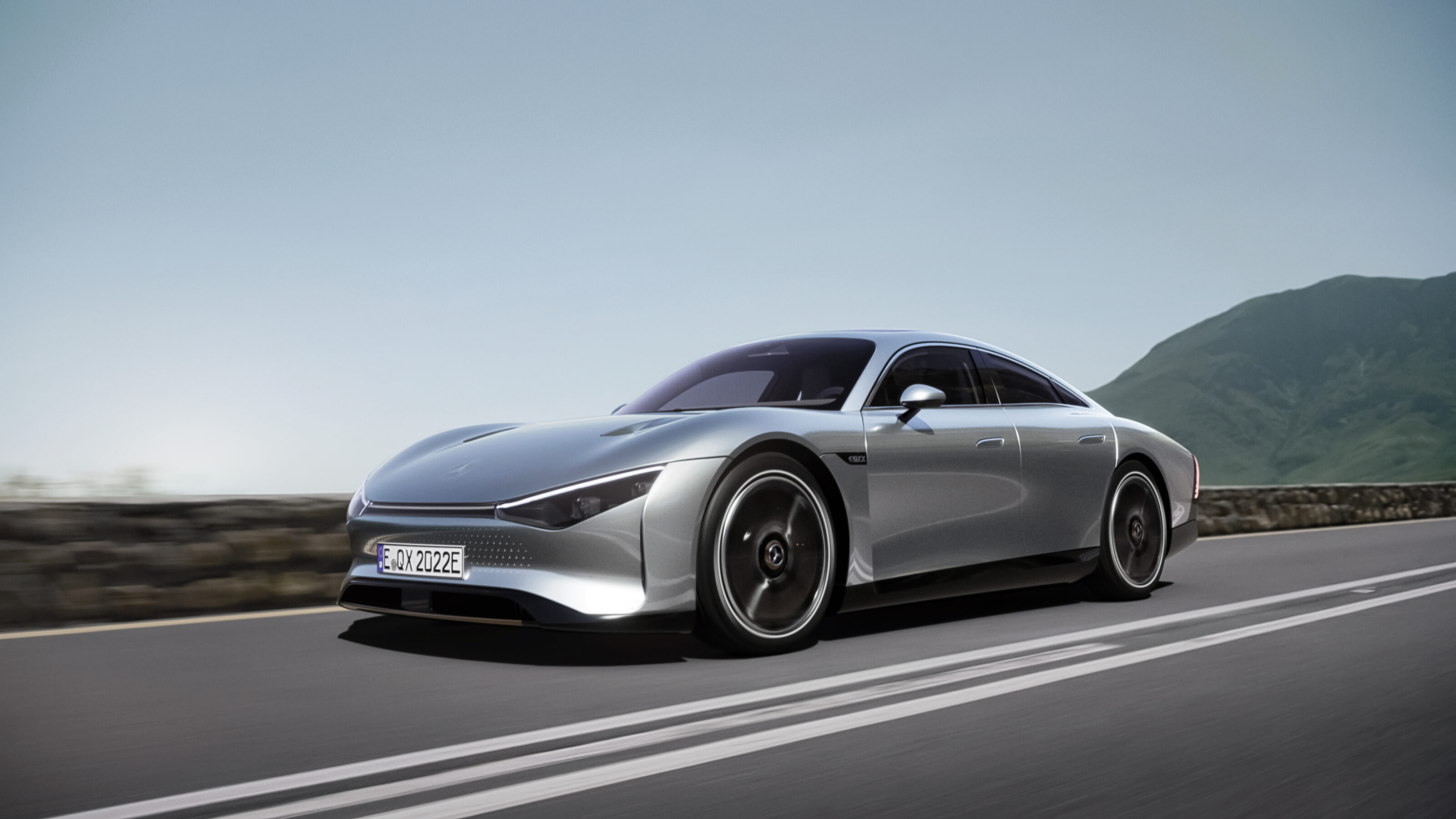
High Performance Powertrains are also the brains behind the EQXX’s battery technology, bringing their motorsport-derived, performance-focused mindset to engineering the most efficient unit possible.
The battery, power inverter, and electronic unit in the EQXX are also the same that HPP developed for the Mercedes-AMG ONE hypercar.
Size and weight is the enemy of efficiency, something HPP is well acquainted with. To combat this, the EQXX’s battery does away with the usual design of packing cells into separate enclosed modules, helping shrink the unit’s physical dimensions. There are also clever developments within the chemical make-up of the battery. A higher silicon content in the anodes means the cells can hold more energy than those found in more conventional batteries.
Sure, the EQXX isn’t a high-powered thriller, but the hunt for efficiency isn’t a fruitless one for those wanting more performance. With a weight of just 495kg, the battery HPP built has an energy density of more than 200Wh/kg. More power, less weight. Now that’s a recipe we can get behind.
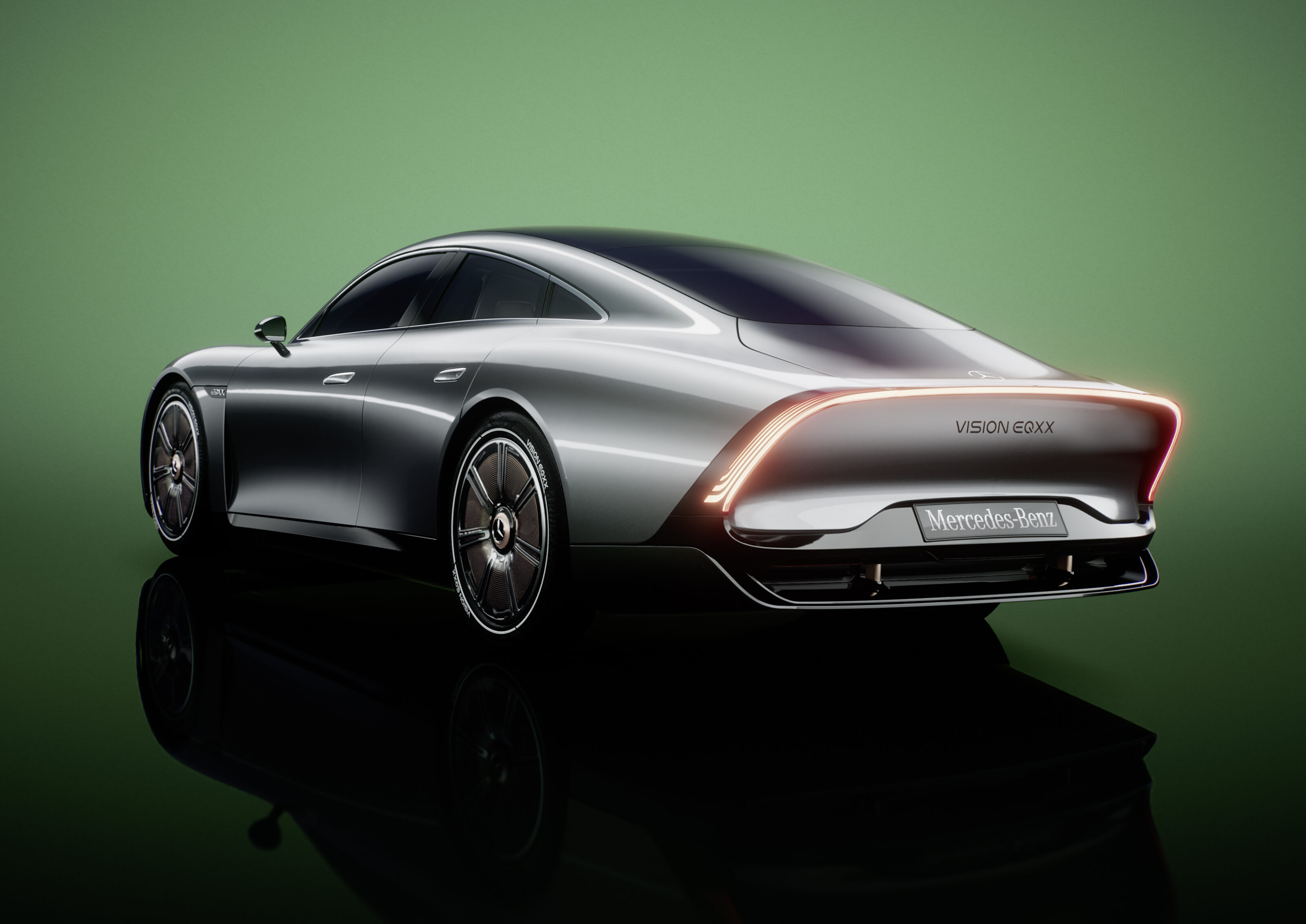
Put it on ice
The British-based HPP has built one of the greatest internal-combustion engines ever constructed – the 1.6-litre turbocharged V6 found in the back of Lewis Hamilton’s F1 car. Last year the hybrid unit maxed out at 756kW.
Put me down softly
Linked to the EQXX’s battery pack is a single 150kW electric motor mounted on the rear axle. It is based on the same eATS unit found in the EQA and EQB. However, it too has undergone the HPP treatment to maximise efficiency.
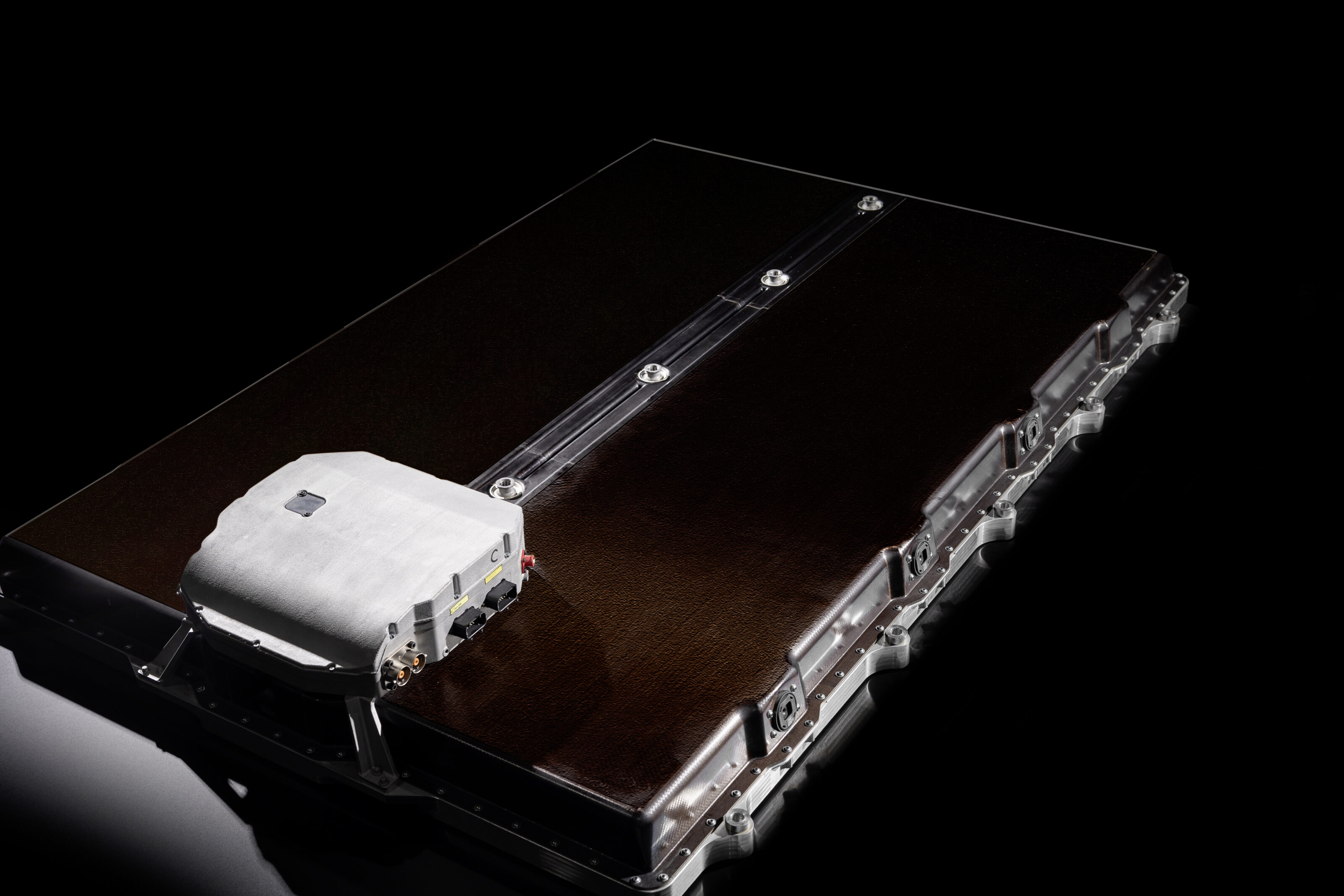
Captain planet
Air isn’t the only earthly element playing its part in the EQXX, with the sun also assisting thanks to 117 solar panels fitted to the roof. They feed a 12V system to power many of the car’s ancillary functions, lowering the draw on the 900V system.
There can only be one
An American start-up Our Next Energy (ONE) has built a prototype battery for a Tesla Model S that beats the total claimed range of the EQXX by 200 kilometres. The company drove its car 1210km as a proof of concept. In fairness to Mercedes, ONE had to use an oversized 203.8kWh battery.
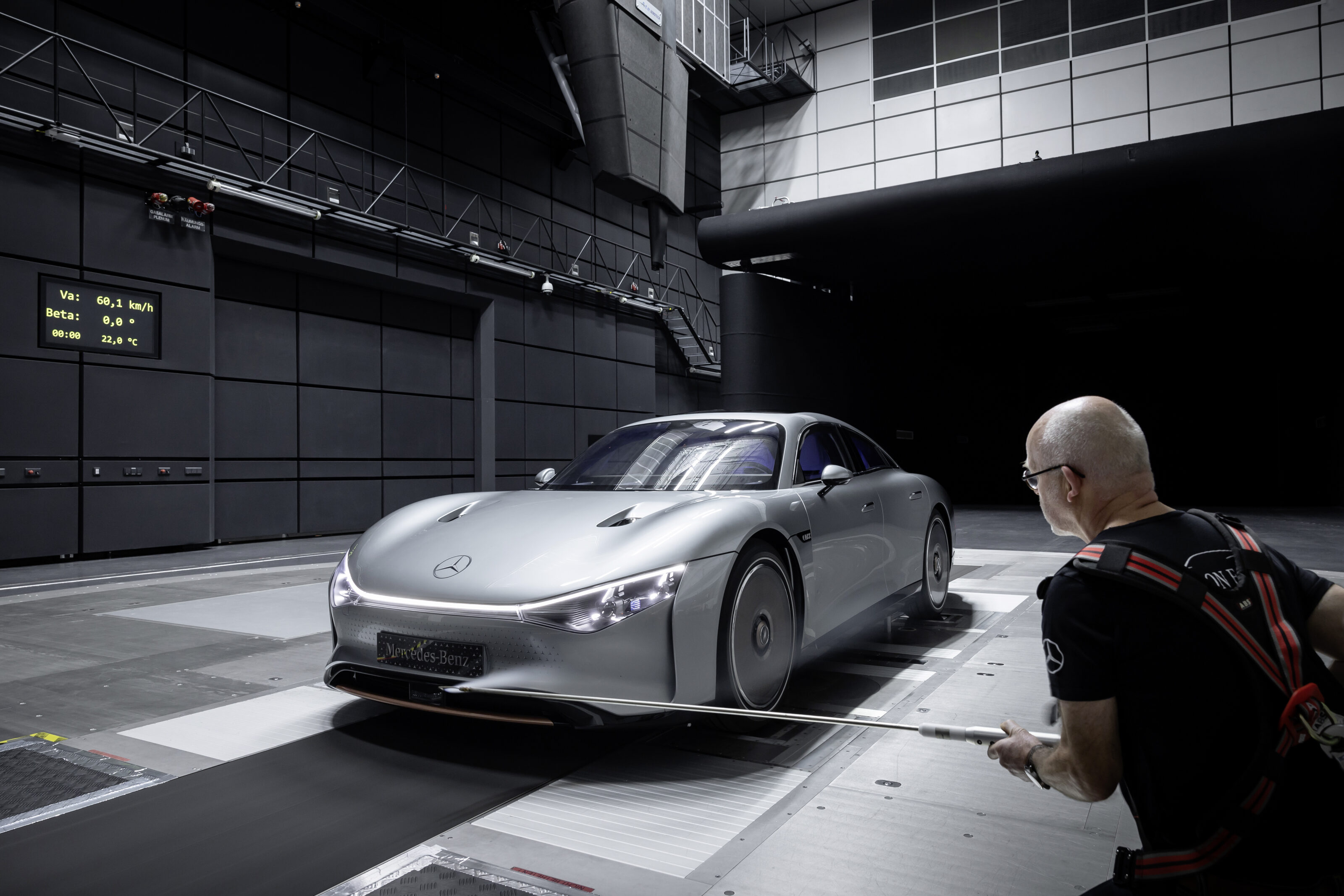
We recommend
-
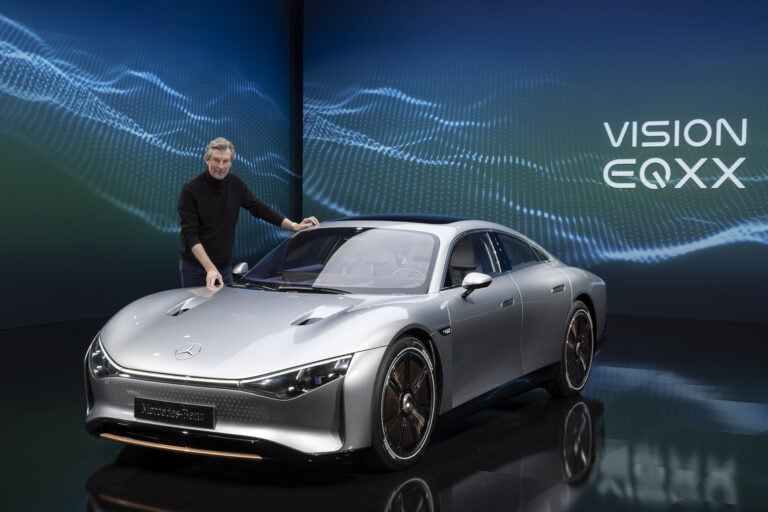 News
News2022 Mercedes-Benz EQXX: Reinventing the electric car
The Vision EQXX may well prove one of the most consequential concept cars of the early 21st century
-
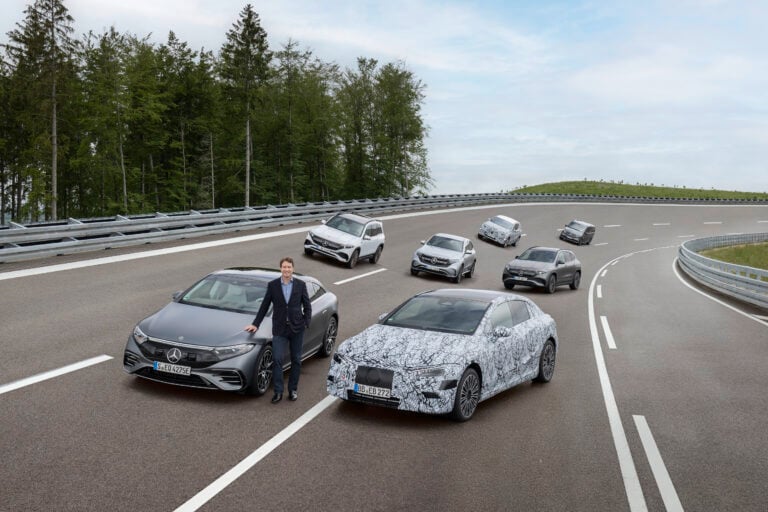 News
NewsMercedes-Benz to become fully-electric by 2030 – but with one condition
The world's first automotive manufacturer will be making sizeable investments to remain on-track for its target


